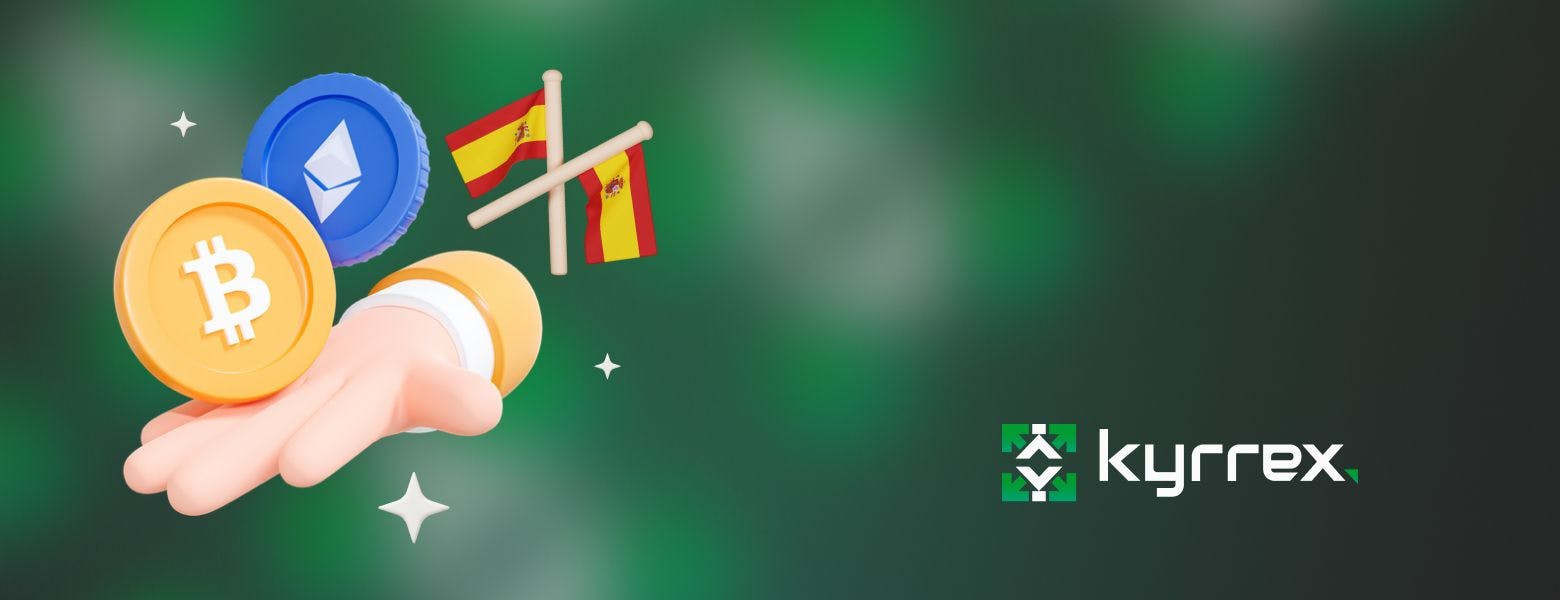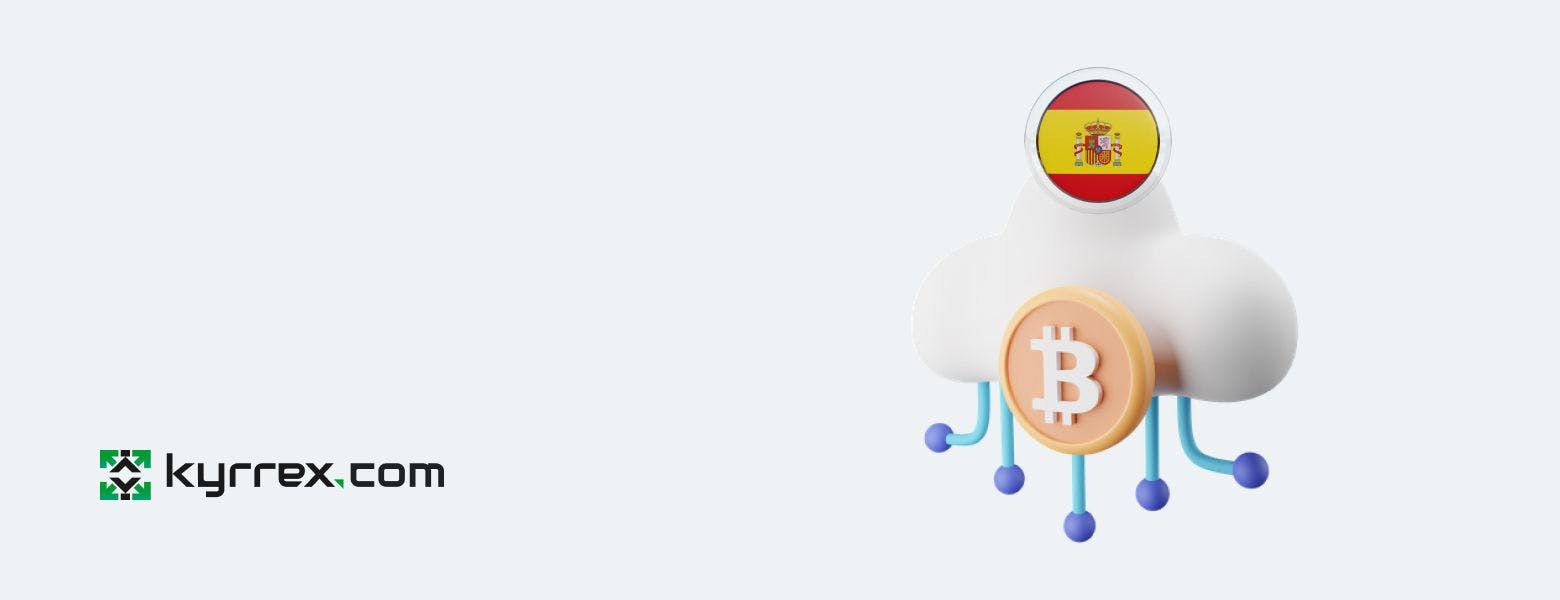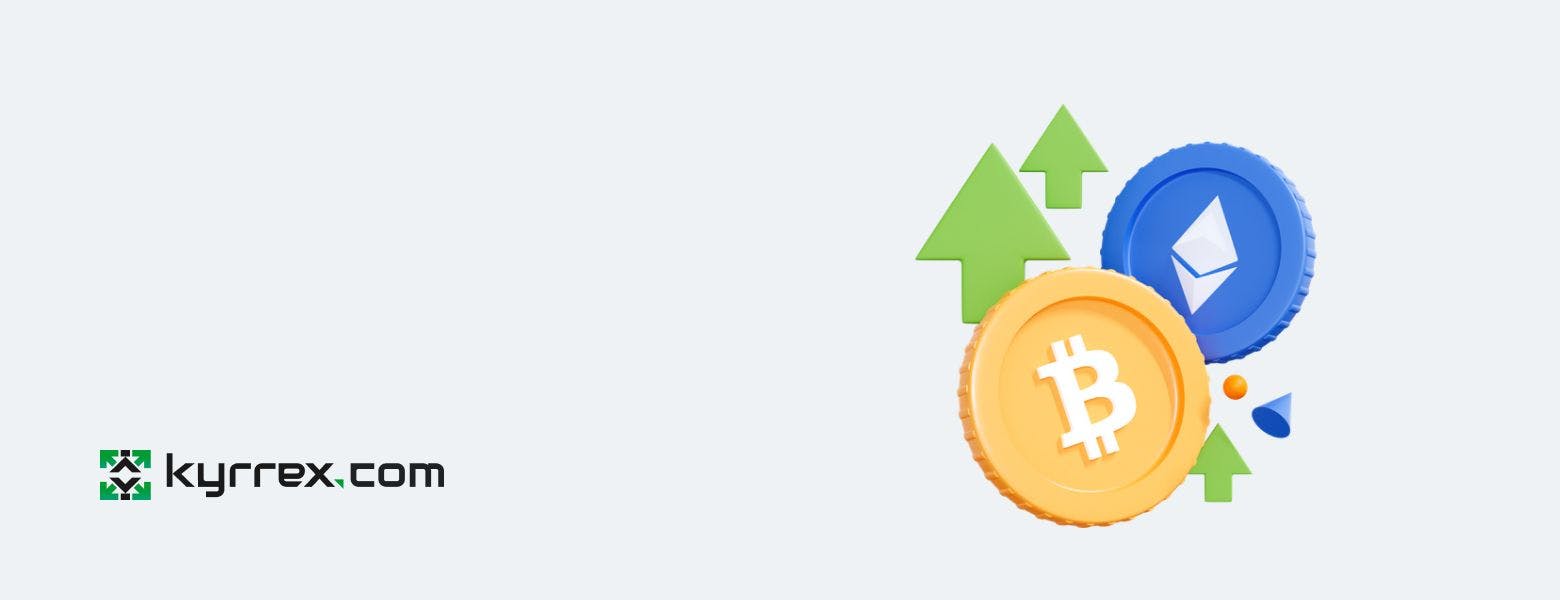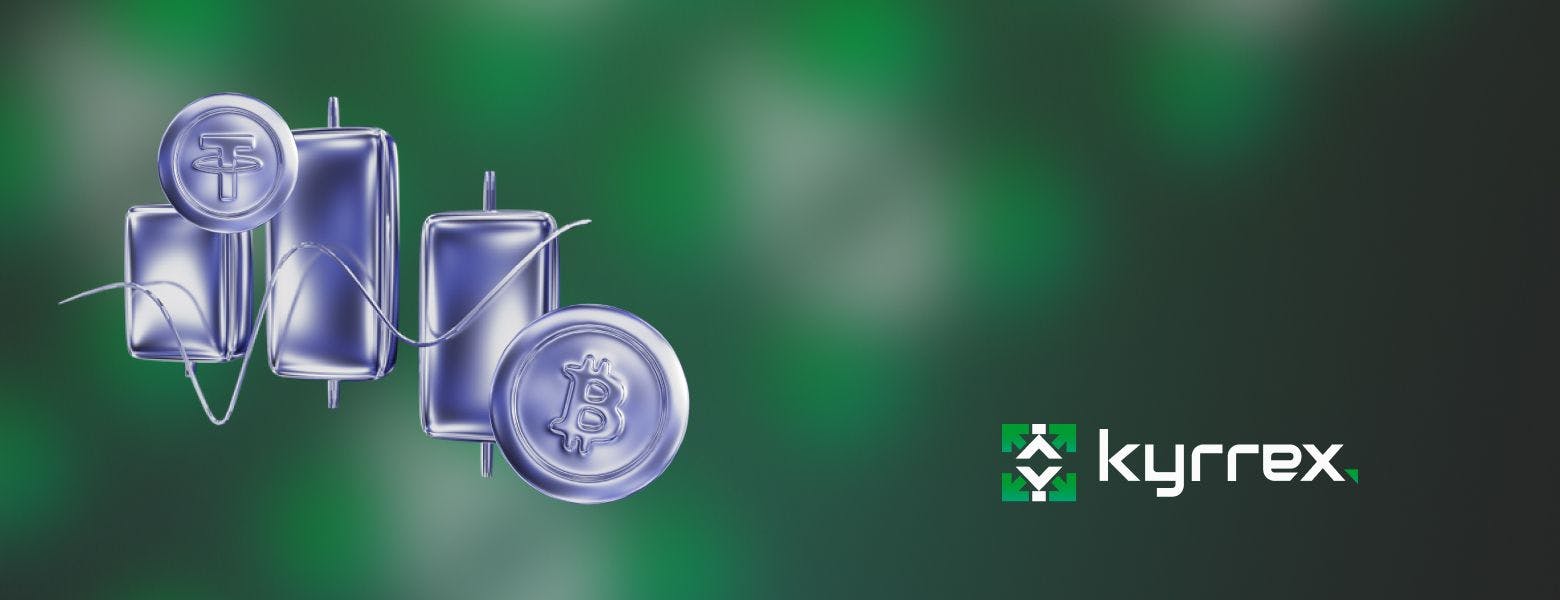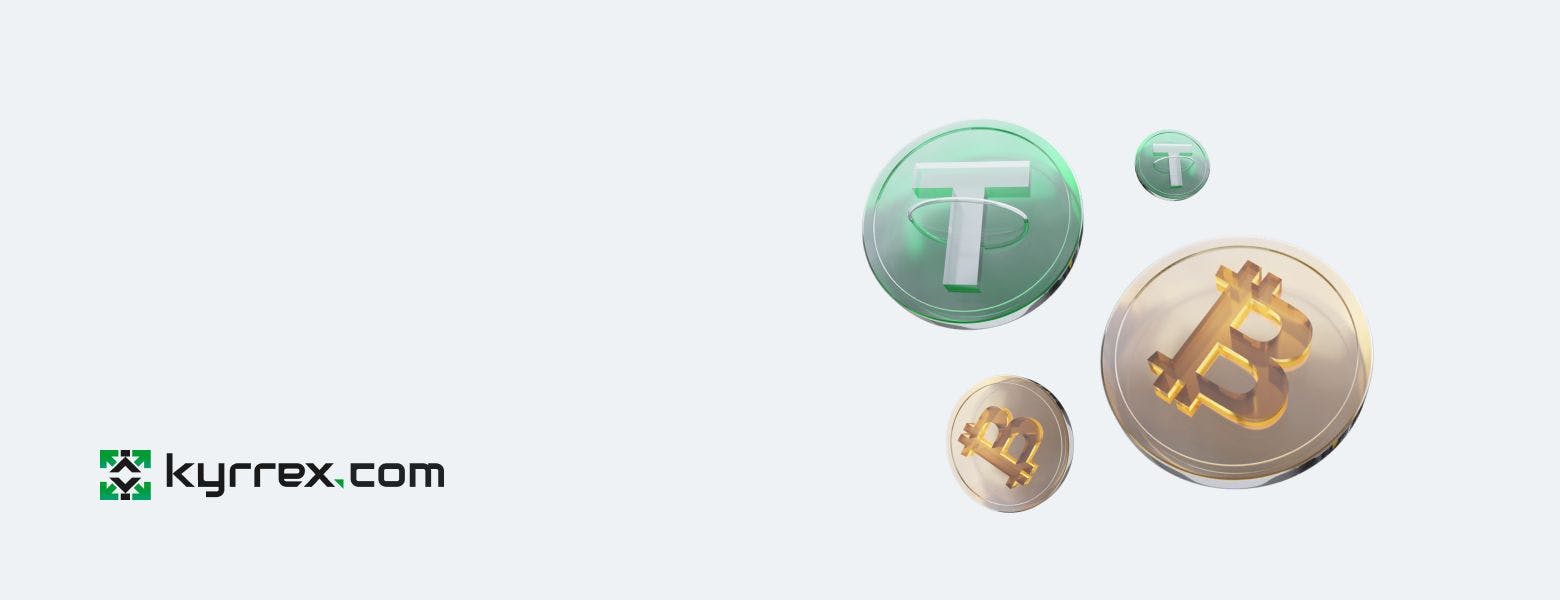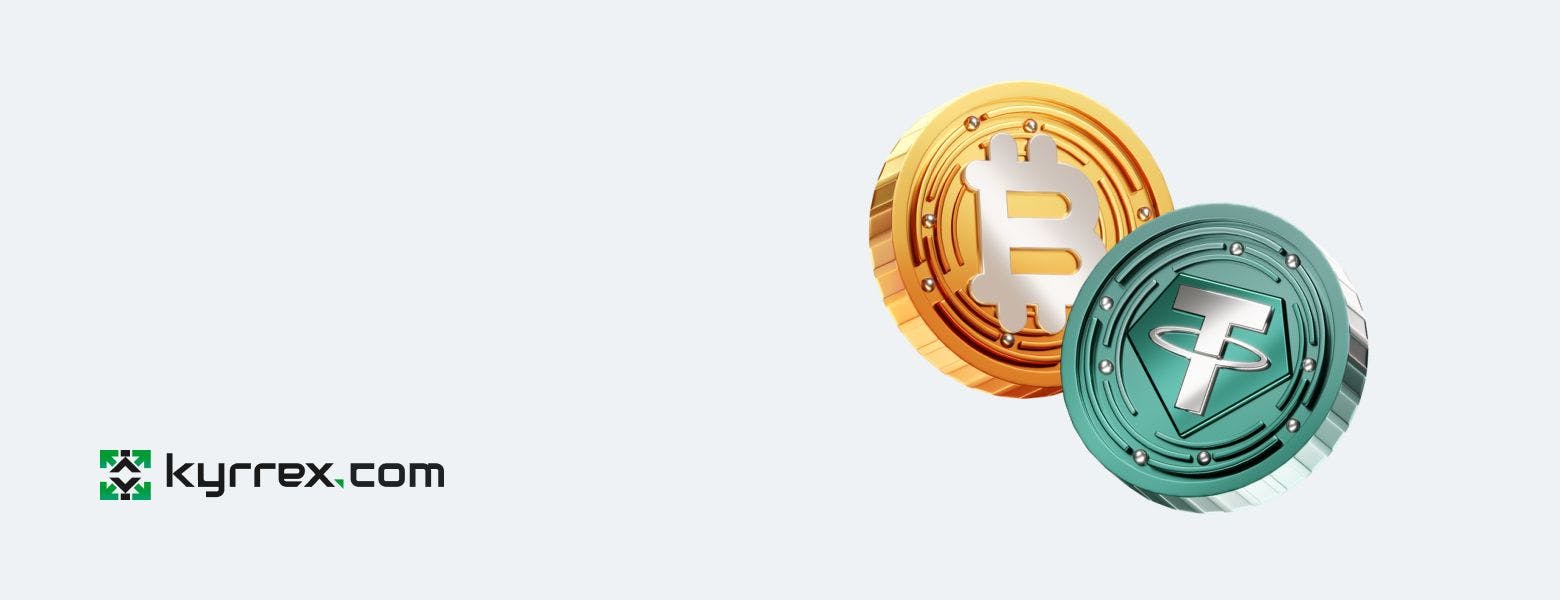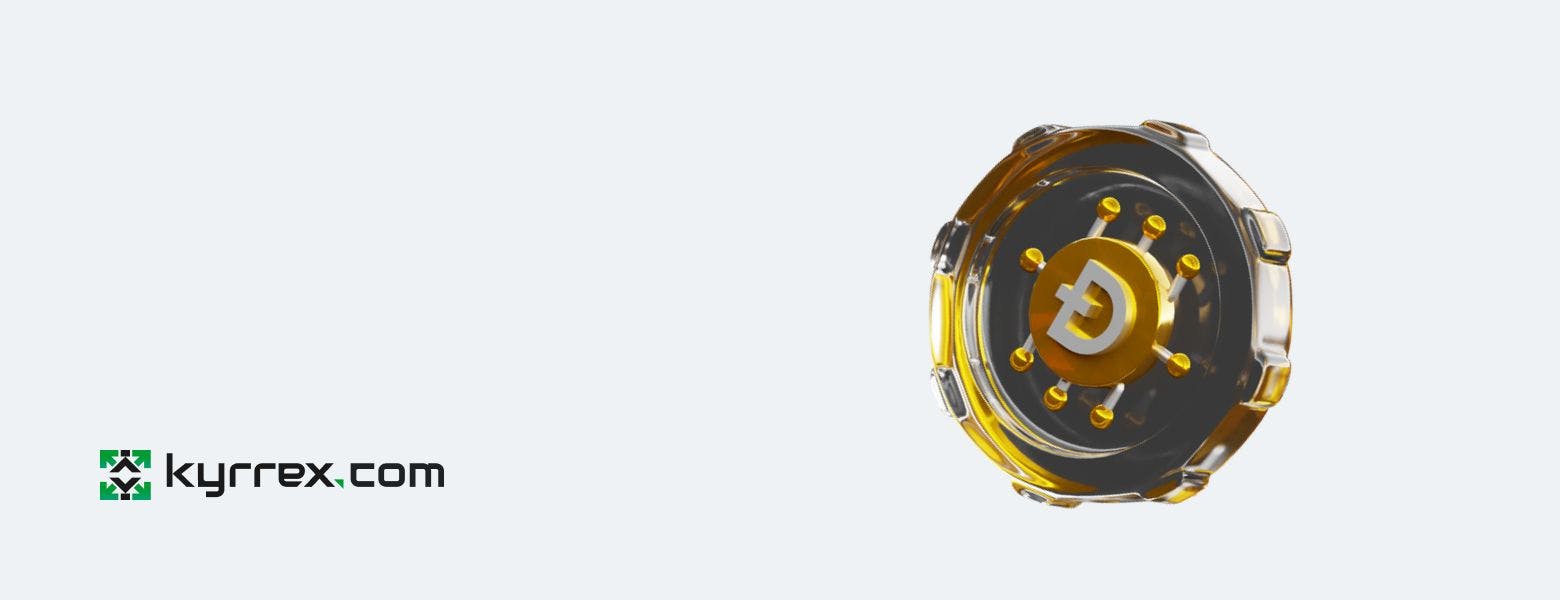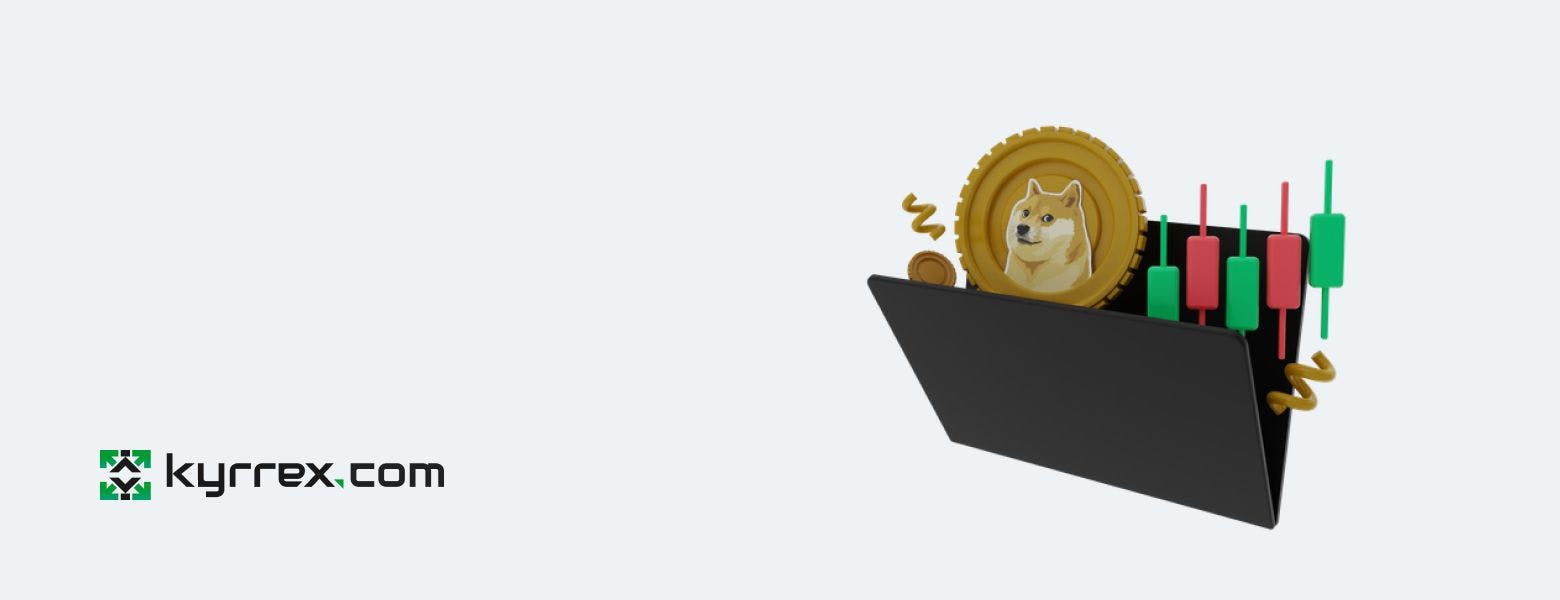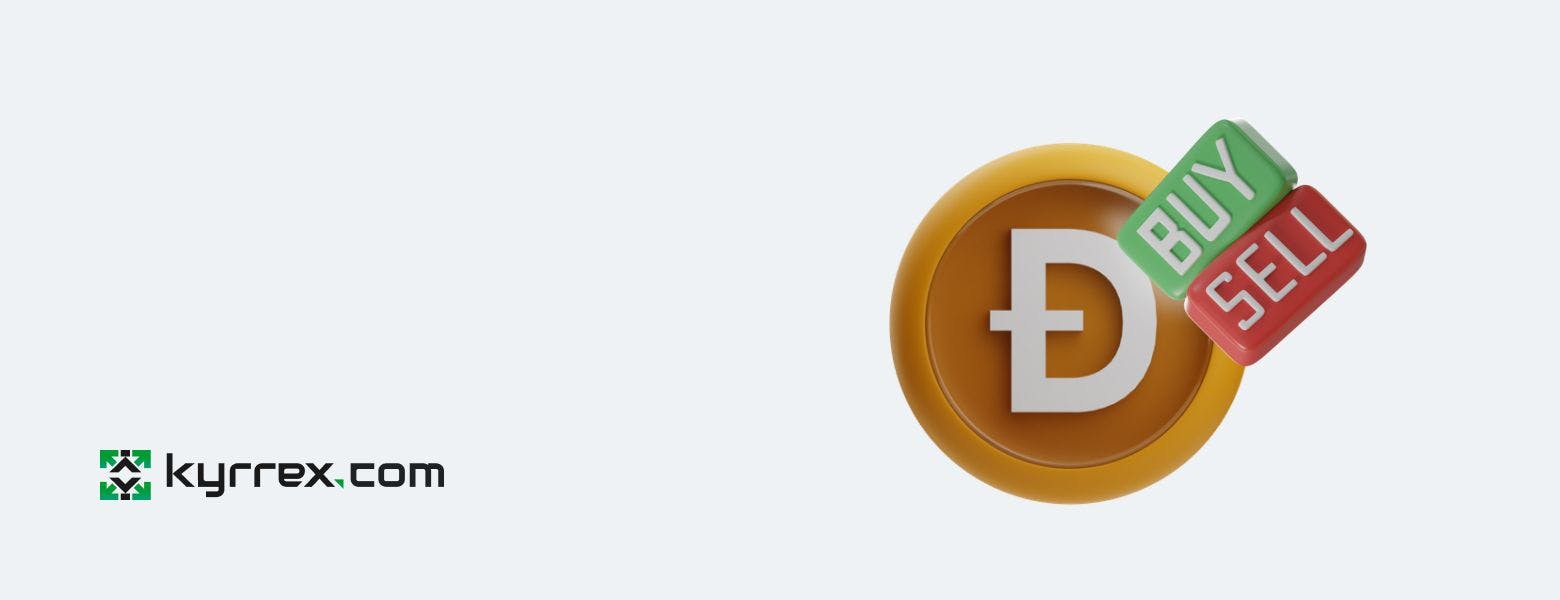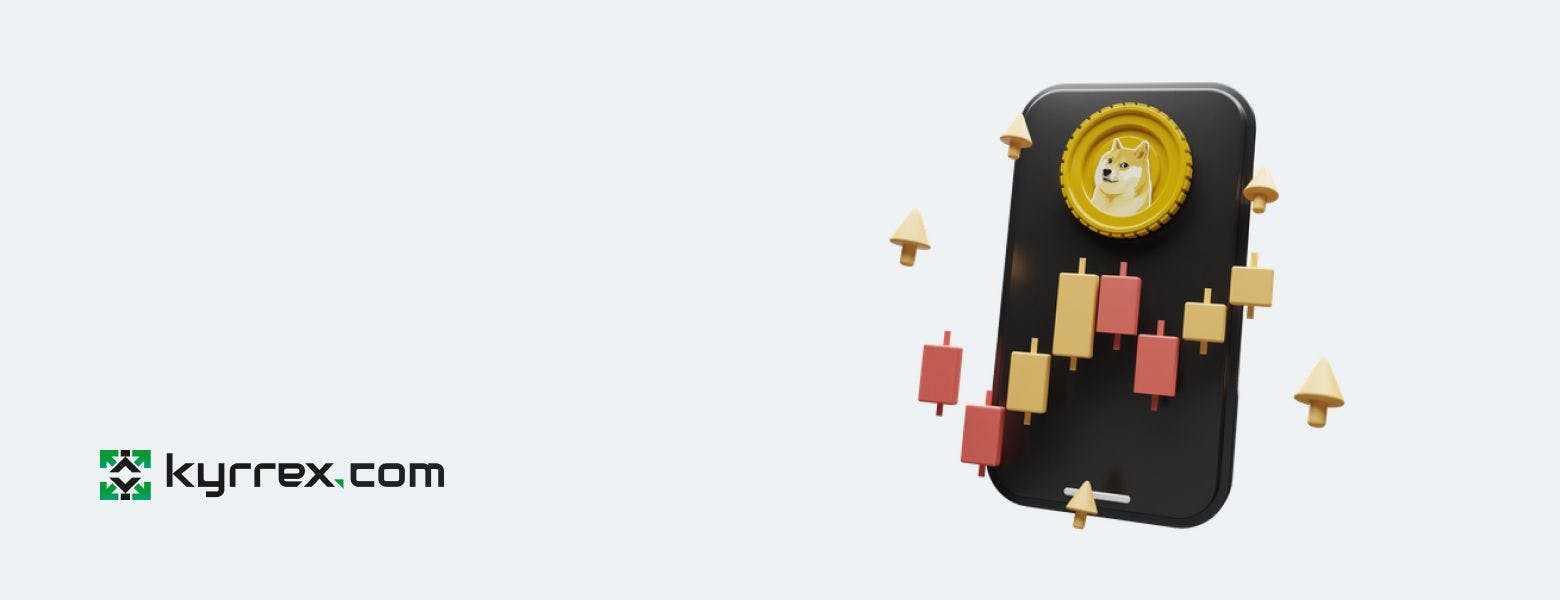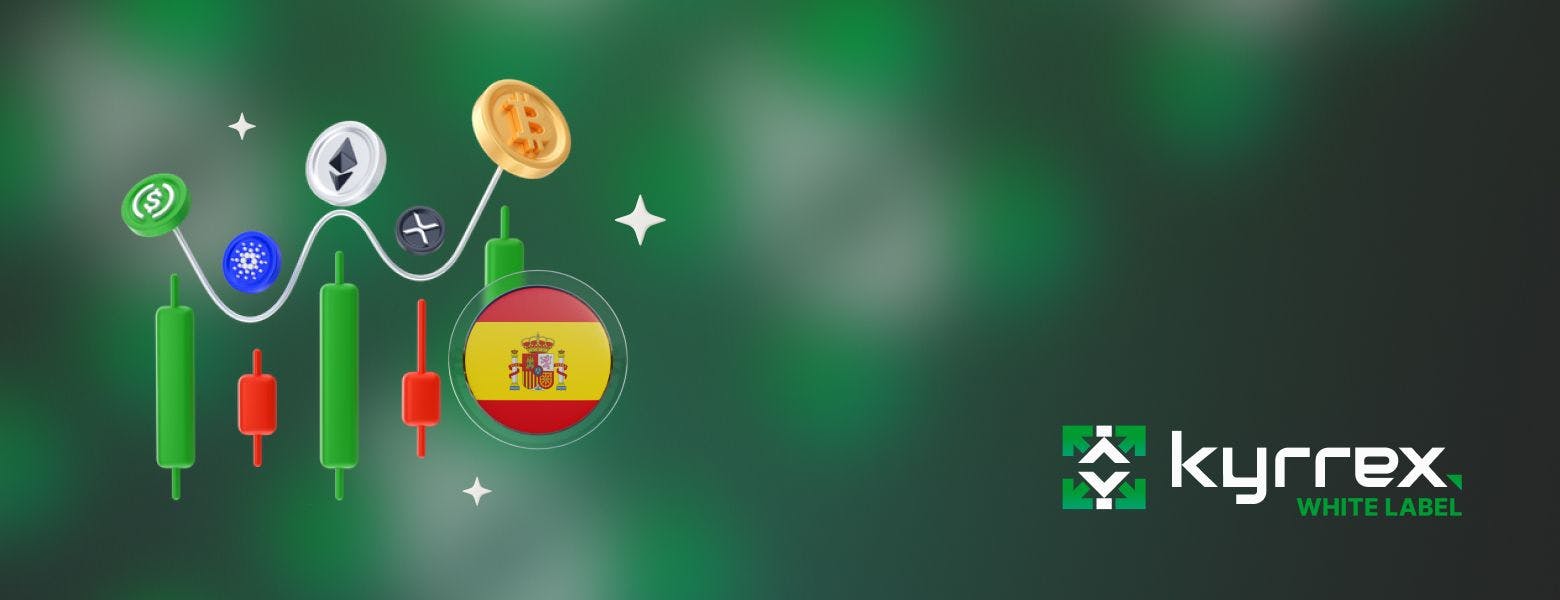
Crypto Trading Spain: Why Kyrrex Stands Out from the Crowd

Introduction to Crypto Trading Spain
The introduction of cryptocurrencies to the global financial system has opened opportunities for everyone. This is why crypto trading Spain has emerged as a hotspot for profit-seekers, citizens and non-citizens alike. PwC expects the total Blockchain industry impact on Spain to be around $8.3 billion by 2026.
But along with these opportunities are high odds of disappointment and the failure of trading platforms to meet up with expectations.
This article highlights some of the most important components to watch out for on crypto Spain platforms. With each component, we show how one of the best options available today, Kyrrex, is more reliable compared to alternatives like Binance Spain.
Components to Consider for Crypto Trading Spain:
Regulatory Adherence
The first thing you should look to see on a crypto trading platform is compatibility with government regulation. The Spanish government is very protective of its people and money market. This is why apart from the crypto taxes in Spain, crypto trading platforms have few restraints to deal with from the government.
Such a system indicates a level of trust on the part of the Spanish. Kyrrex takes this trust seriously. It does not only abide by global cryptocurrency regulatory standards. It also prioritizes local or regional concerns regarding its operations.
This is why the platform has not faced any regulatory challenges in equally crypto-sensitive countries like Italy. With its Malta license still active and binding, Kyrrex holds itself to a very high standard for regulation adherence.
This is not the case with many other crypto trading platforms, including the big names. A quick search on Google would reveal multiple regulatory infractions across different countries. Between these platforms and Kyrrex, it is obvious that Kyrrex is the safer option.
Cryptocurrency Selection
Safety and security should be your most important considerations for choosing a crypto trading platform. But they should not be your only considerations. Crypto diversity is another crucial factor you must bear in mind before committing to a platform.
But this is not only about the number of cryptos available or operational on a platform. Some of the big names in the global crypto industry today offer hundreds of cryptos. Binance Spain, for example, lets you trade within a wide range of cryptocurrencies.
However, for many of these platforms, localization is not an option. In other words, you will rarely find lesser-known or niche coins on such platforms. That is not the case with Kyrrex.
Kyrrex believes in equal opportunities for all. As a result, the platform operates with fractional scales in mind. Put differently, it offers users the option of diving into a global market but also lets them trade cryptos developed by small businesses within Spain.
Kyrrex Spain is thus more geared towards regional growth and development than most. It is big enough to let you trade with the big guys but particular enough to let you start small.
Intuitive User Interface
The name of a crypto trading platform is one thing, access to this platform is another. This is why user interface has become a widely discussed topic. After all, no matter how sophisticated a platform is, it would be useless if it is too complex and overwhelming for users.
Simplicity is a watchword for Kyrrex. Because it understands the importance of having straightforward interactions, the platform’s user interface is very user-friendly. A newcomer to crypto trading can easily differentiate features and use them without prior knowledge.
This means that you would not need to go on YouTube to learn how to use Kyrrex’s interface. This is not the case for some platforms. Prioritizing quantity over convenience, these user interfaces can be confusing and overwhelming, especially for beginners.
So, between these platforms and Kyrrex, the latter’s interface is more convenient for trading. This is true for both the web and phone options.
Security Protocols
A crypto trading platform is responsible for guarding the crypto assets of its users. It should not be vulnerable to hacker activity and most certainly should not experience security breaches. At least, not recurrently. How much confidence can you place on such platforms?
Yet, this is the case in crypto trading Spain. Lots of such platforms have recorded multiple security breaches in the past. In highly informed parts of the world, there are still pressing concerns about the safety of user assets on such platforms.
In 2022 alone, CNBC estimates that almost $4 billion was lost to these security breaches, an increase from the $3.3 billion stolen in 2021.
Thus, even with the protective nets of the Spanish government, users around here are still at risk of losing their crypto assets to cyber attacks. But security-sensitive platforms like Kyrrex are gradually changing the narrative.
Kyrrex offers multiple lines of defense for a user’s account and their assets. There is the normal password, Two-Factor Authentication (2FA) protocol, and the platform’s more robust security components. Due to these and Kyrrex’s continuing emphasis on the protection of user interests, the platform has not recorded any security breach.
24/7 Customer Support
Customer support is often trivialized in the grand scheme of crypto matters. But this can be problematic when users have questions or queries. Keeping the line open for user feedback is also a healthy sign for a crypto trading platform.
Kyrrex knows this and has put in the work to guarantee 24/7 customer support to users in Spain. With the platform, you can count on round-the-clock assistance. There is also no such thing as a delayed response. Kyrrex users around the world have not reported the platform as having difficulties in resolving problems.
Thus, Kyrrex is one of the best options around in terms of customer support. So, if you are conscious about your crypto assets and want to keep the line open with your trading platform in case of emergencies or just for assurance, look no further than Kyrrex.
Competitive crypto Fees and Low Spreads
Crypto trading can be exciting or depressing depending on factors such as fees. Of course, a trading platform needs to cover its fees and users play an important role here. However, these fees are not always clearly stated, so users may always be at a loss about what a platform charges them for trading.
Kyrrex is different. The crypto fee structure is straightforward. The cost of executing trades is also low, such that users don’t have to worry about slippage. Kyrrex is very particular about protecting users from price fluctuations due to market volatility or delays in order processing.
Thus, compared to platforms with confusing fee structures and high withdrawal fees for certain cryptocurrencies, Kyrrex is far more cost-effective.
Advanced Crypto Trading Resources
Trading platforms are not chiefly responsible for enhancing your trading exercises. However, such assistance can prove invaluable to your profit-making prospects. Knowing this, Kyrrex offers you a wide range of trading tools. The most highly rated among these tools in recent times is Kyrrex’s Telegram crypto bot.
In addition, you can access educational resources on crypto trading on Kyrrex. These are detailed and comprehensible, as usual to expert traders as they are to newcomers. They also cover the full scope of trading, including areas such as strategies and risks, and how to protect your account with strong passwords.
Conclusion
Kyrrex is a solid and reliable crypto trading platform for Spanish citizens and residents, but it doesn’t assume full responsibility for your trading. Due to relaxed government protocols, crypto investments carry risks, and retail investors may lose their entire investment. It’s advised to review Kyrrex’s terms and conditions and those of other platforms to understand these risks.

